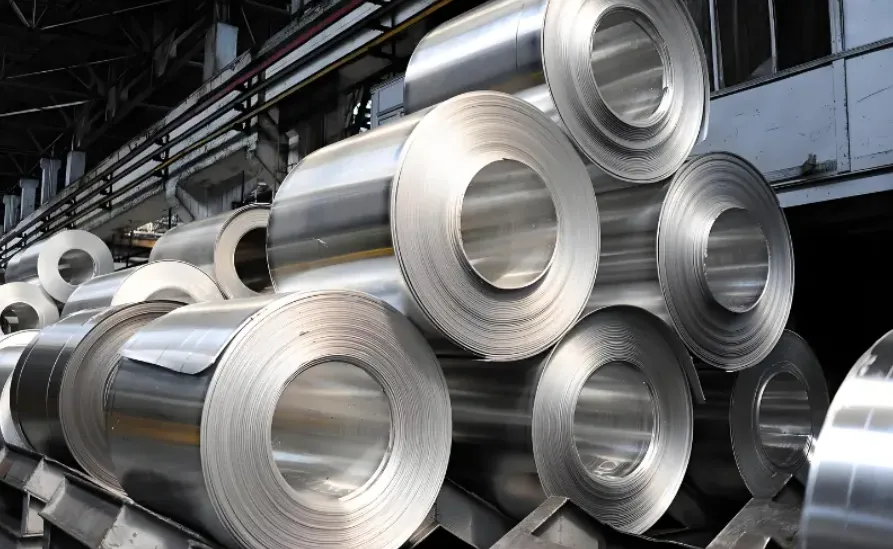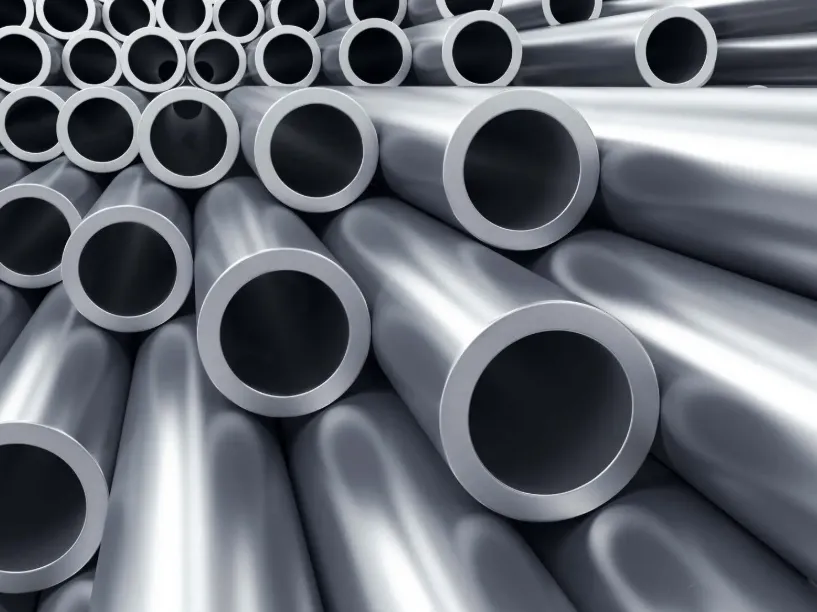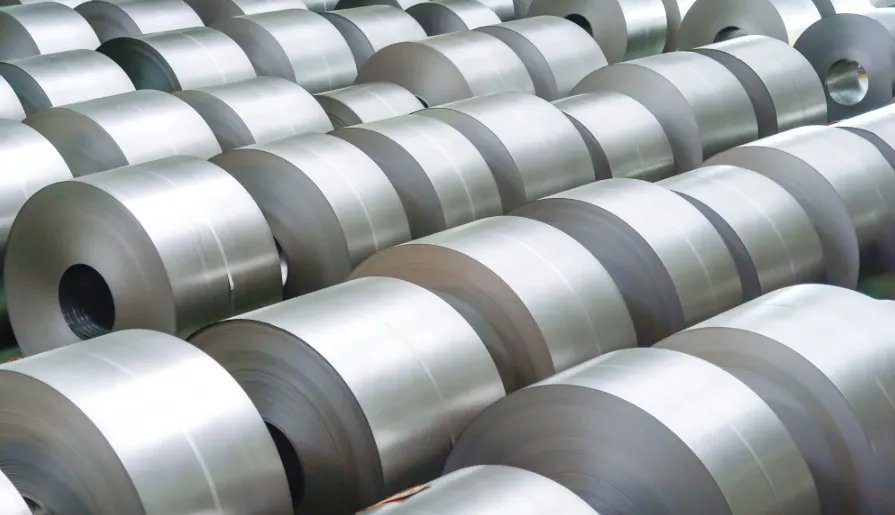An alloy is a mixture of two or more elements, where at least one of the elements is a metal. Alloys are engineered to enhance specific properties such as strength, ductility, corrosion resistance, and thermal conductivity. The combination of different elements in an alloy allows for more versatile material properties than those found in pure metals, making alloys essential in a vast array of applications, from construction and aerospace to electronics and jewelry.

Types of Alloys
Alloys can be broadly categorized into two main types: ferrous and non-ferrous alloys.
-
Ferrous Alloys: These alloys contain iron as their primary metal. Ferrous alloys are known for their strength and durability, which makes them suitable for various structural applications. Common examples include:
- Carbon Steel: Made primarily of iron and carbon, it is used in construction and manufacturing.
- Stainless Steel: An iron alloy with a minimum of 10.5% chromium content, renowned for its corrosion resistance, commonly used in kitchenware and medical instruments.
-
Non-Ferrous Alloys: These alloys do not contain significant amounts of iron and typically possess superior resistance to corrosion and lighter weight. They are used in industries such as aerospace and marine engineering. Examples include:
- Aluminum Alloys: Known for their lightweight and high strength-to-weight ratio, they are widely used in the automotive and aerospace industries.
- Copper Alloys: Such as bronze (copper and tin) and brass (copper and zinc), utilized in electrical applications and musical instruments.
The Composition of Alloys
The composition of an alloy is crucial in determining its properties. Alloys can be classified based on their composition into:
- Substitutional Alloys: In these alloys, the atoms of the added element replace some of the host metal atoms in the crystal lattice. An example is brass, where zinc atoms replace some copper atoms.
- Interstitial Alloys: In this case, smaller atoms fit into the spaces (interstices) between the larger metal atoms. An example is steel, where carbon occupies interstitial sites in iron.
Properties of Alloys
Alloys exhibit a range of mechanical and physical properties that make them suitable for various applications:
-
Strength and Hardness: Alloys can be significantly stronger than their constituent metals due to mechanisms such as solid solution strengthening and precipitation hardening.
-
Ductility and Malleability: The ability to deform under stress without breaking makes alloys versatile in manufacturing processes like forging and machining.
-
Corrosion Resistance: Many alloys are designed to withstand severe environmental conditions. Stainless steel, for instance, resists oxidation and corrosion due to its chromium content.
-
Thermal and Electrical Conductivity: Different alloys possess varying levels of conductivity, which is particularly important in electrical applications. Copper alloys offer excellent electrical conductivity, while some aluminum alloys are preferred for thermal applications.
Applications of Alloys
Alloys are ubiquitous in modern society and are utilized in a wide array of applications, including:
- Construction and Infrastructure: Steel (a ferrous alloy) is used extensively in buildings, bridges, and pipelines due to its strength and durability.
- Automotive Industry: Aluminum and magnesium alloys are favored for vehicle manufacturing, helping improve fuel efficiency by reducing weight.
- Aerospace: Alloys such as titanium and aluminum-lithium are crucial for aerospace applications due to their high strength-to-weight ratios and resistance to extreme temperatures.
- Medical Devices: Biocompatible alloys, like certain titanium alloys and stainless steels, are used in surgical instruments and implants, showcasing both strength and resistance to body fluids.
Advancements in Alloy Technology
Recent advancements in alloy technology focus on developing new materials with enhanced properties. Innovations such as additive manufacturing (3D printing) are leading to the creation of complex alloy structures that were previously impossible to manufacture. Researchers are also exploring new alloys with superior performance characteristics, such as lightweight composites and high-performance superalloys used in aerospace applications.
Conclusion
Alloys are foundational materials in engineering and manufacturing, offering enhanced properties that enable their use in a wide range of applications. Their unique composition and processing techniques allow for customization in performance characteristics, making them vital in meeting the demands of modern technology. As research and technology evolve, the development of new and improved alloys will continue to drive innovation in various industries, reinforcing their significance in both contemporary and future applications. Understanding the intricacies of alloys is essential for professionals and engineers working in materials science, mechanical engineering, and related fields








